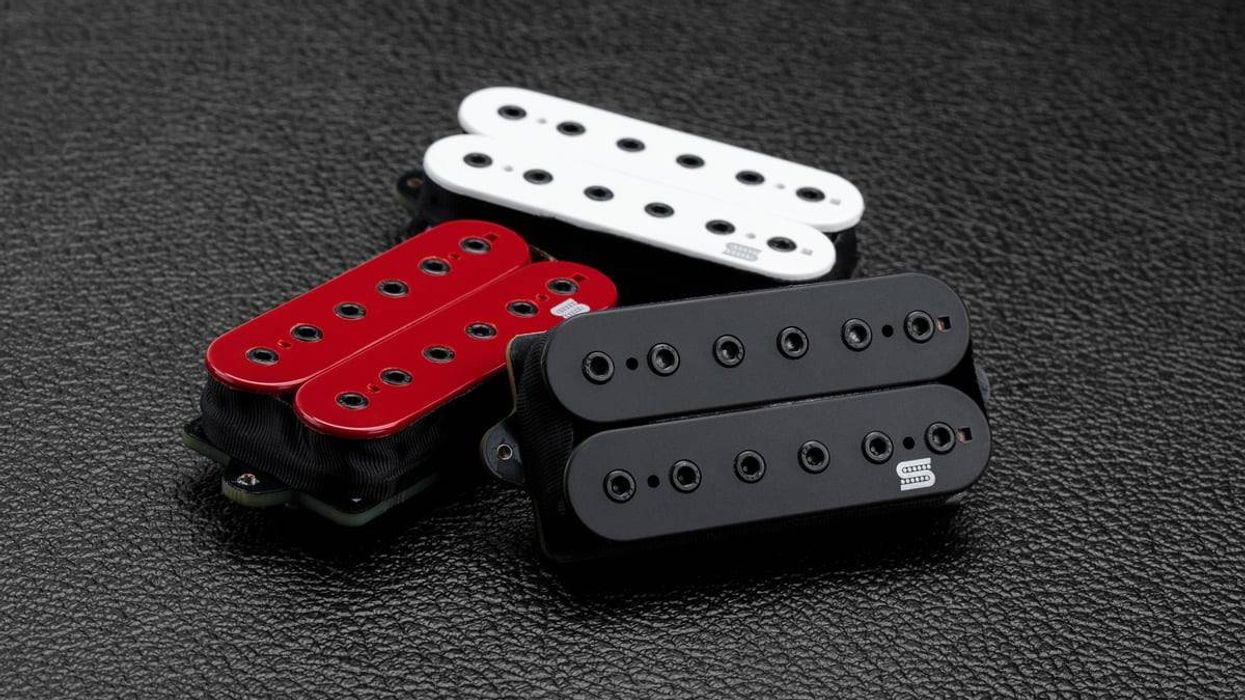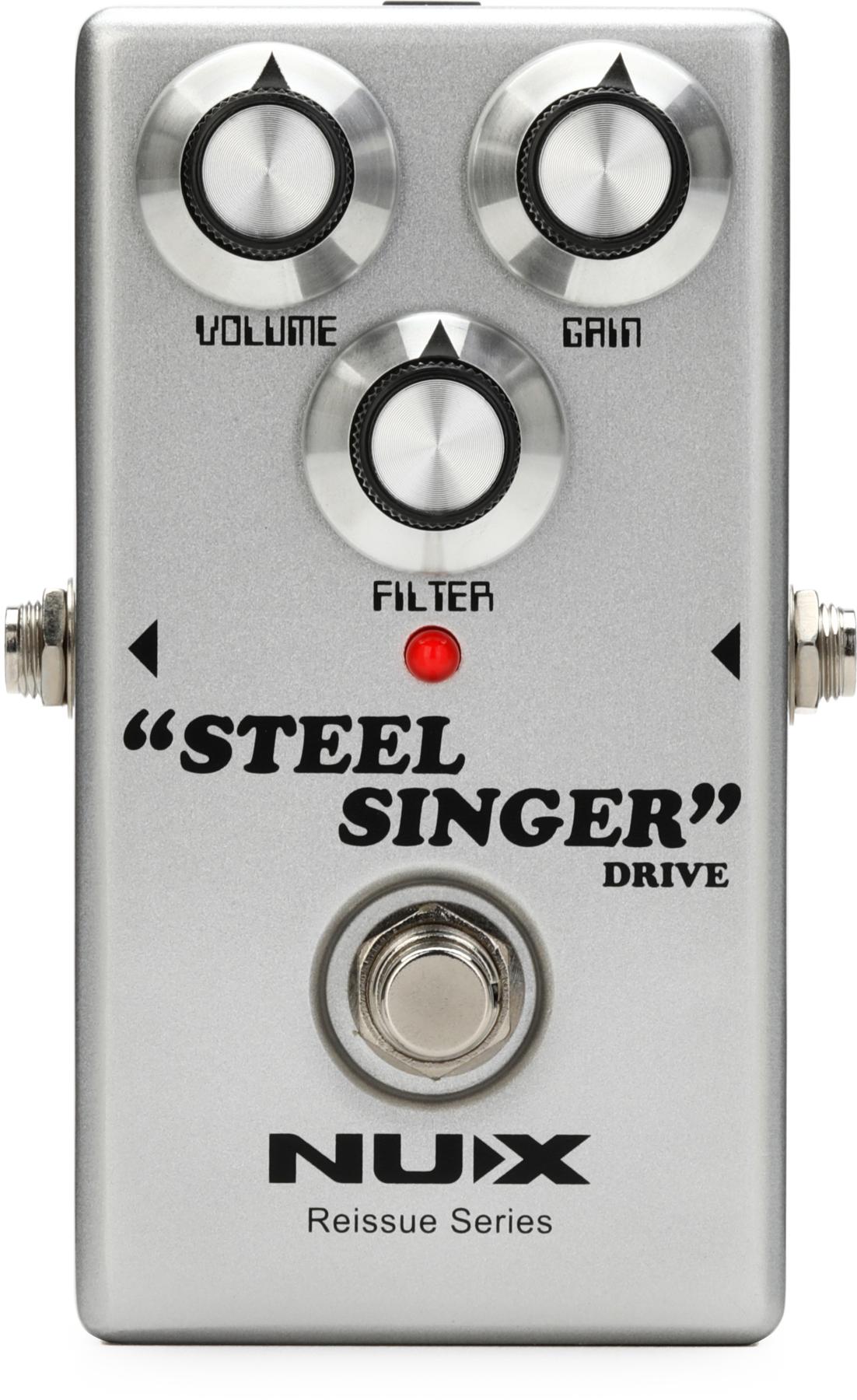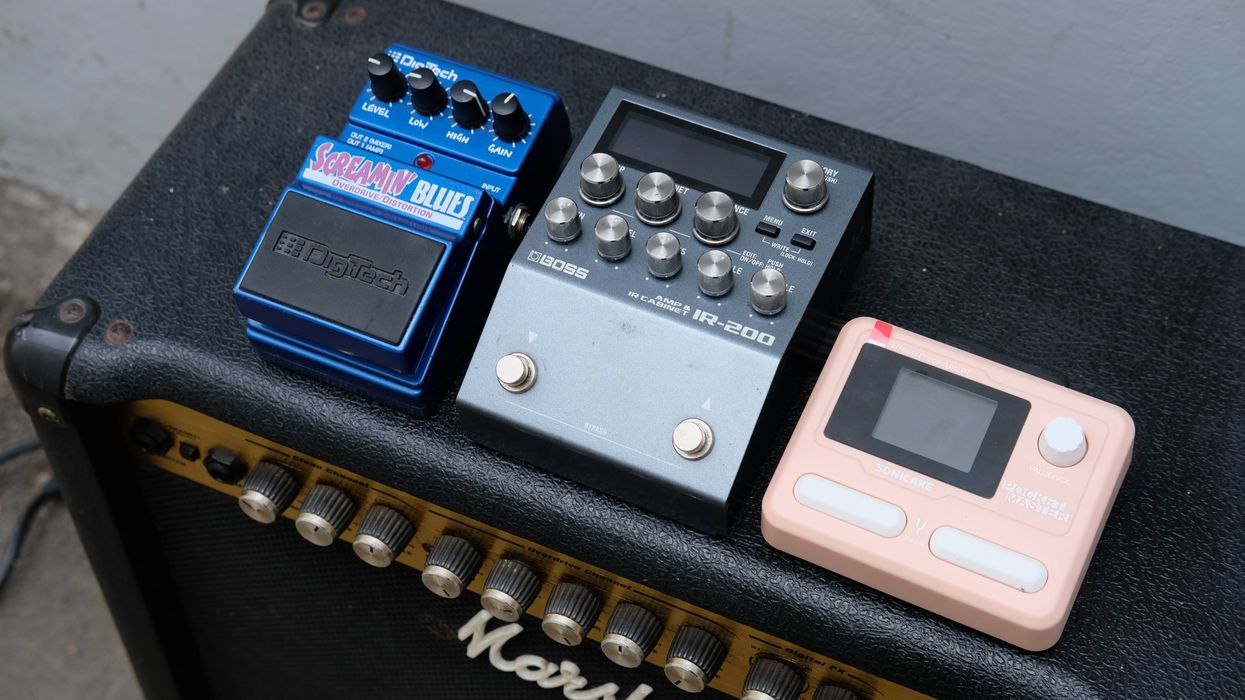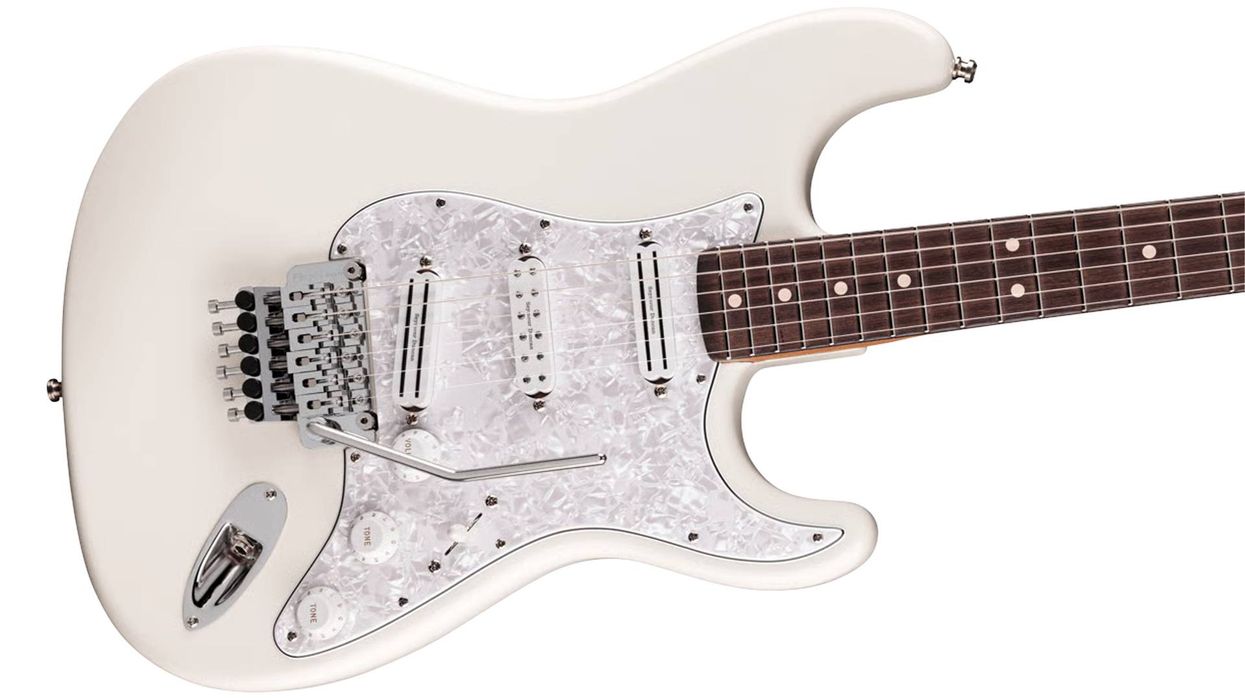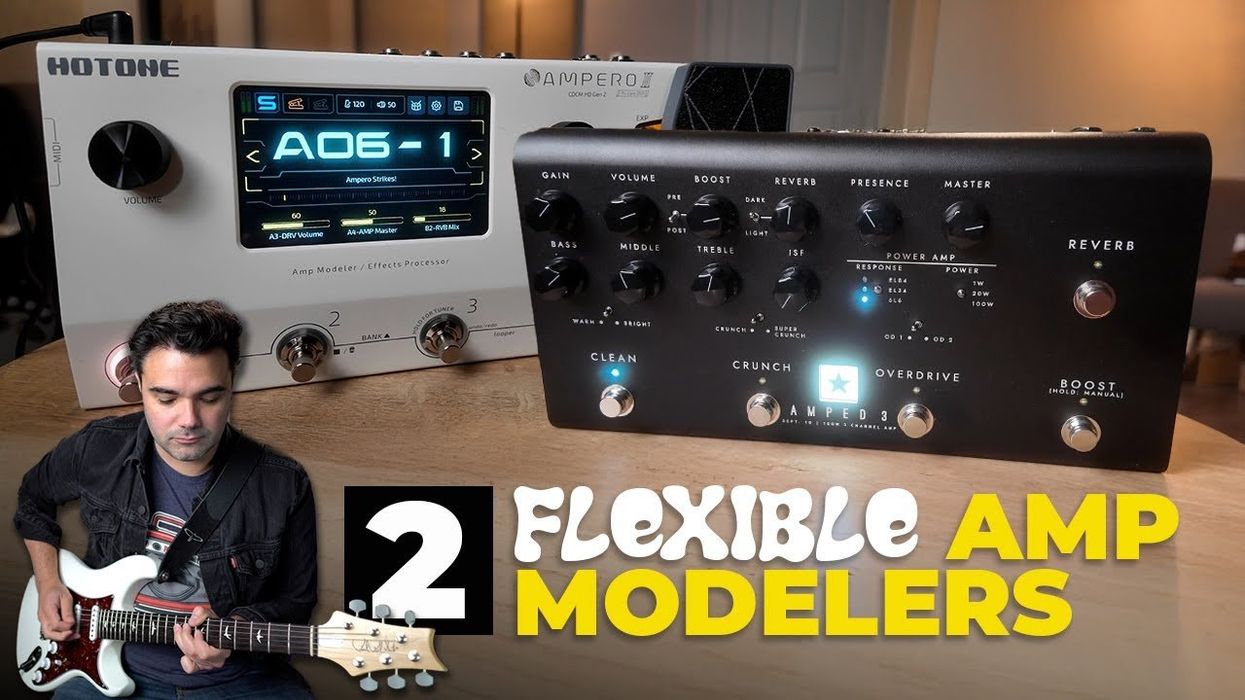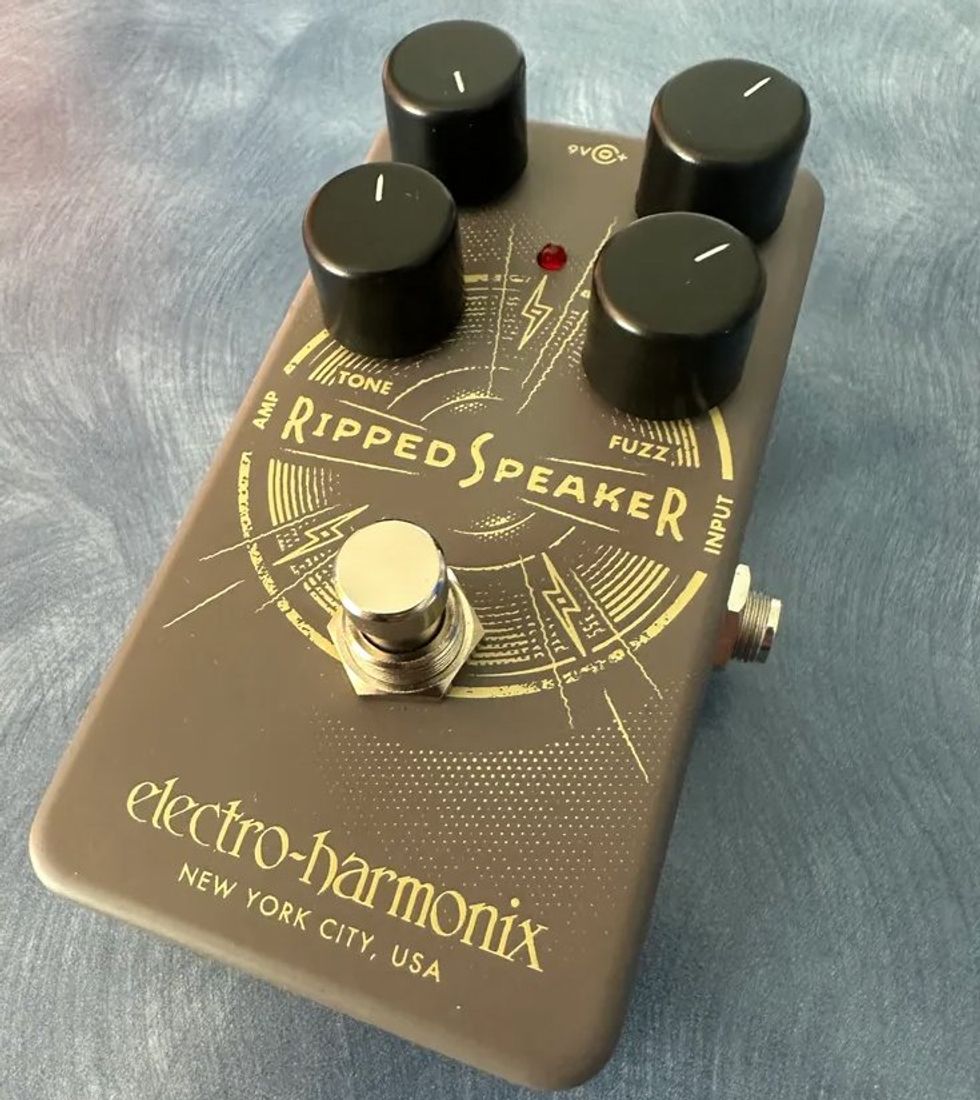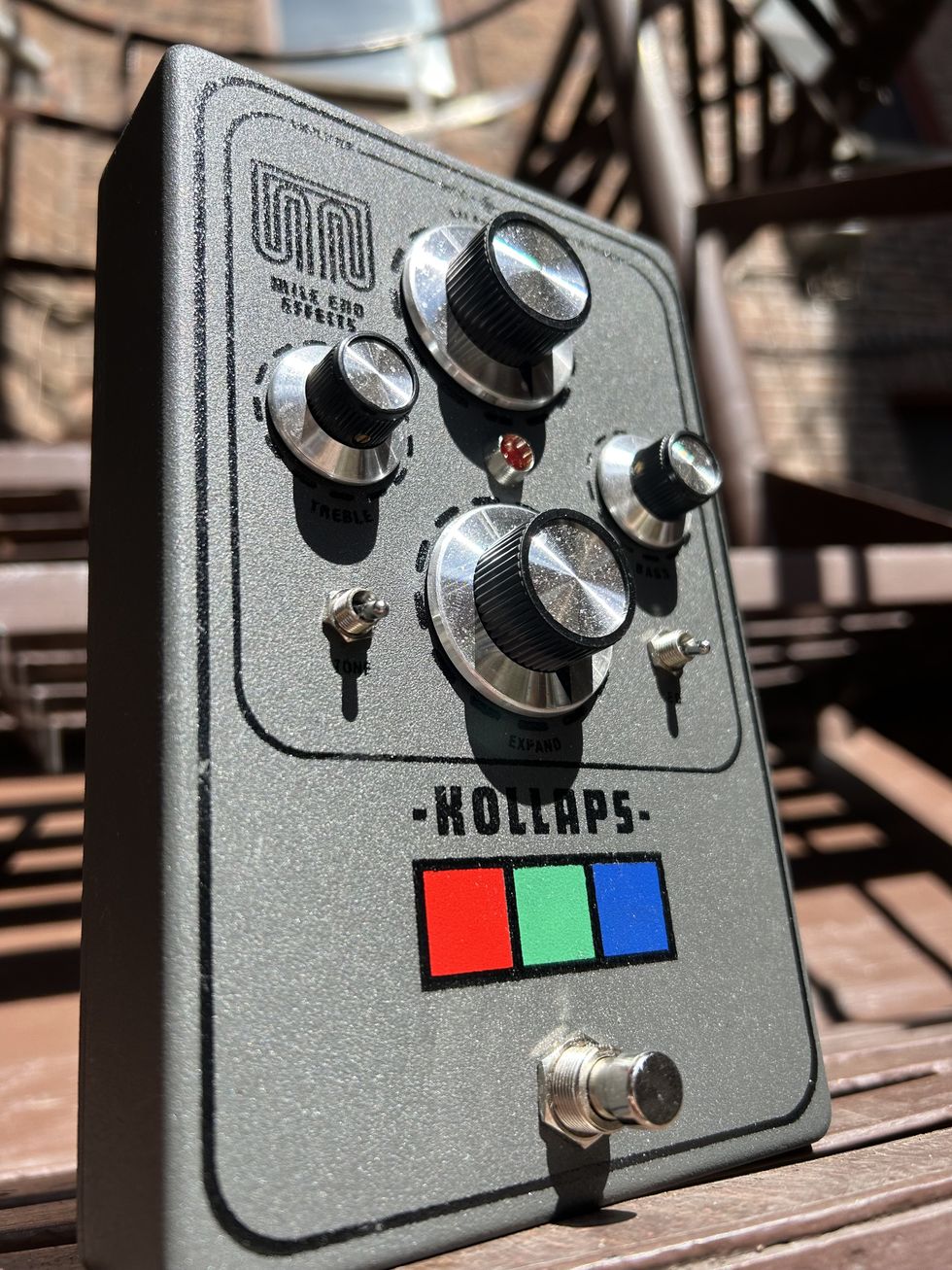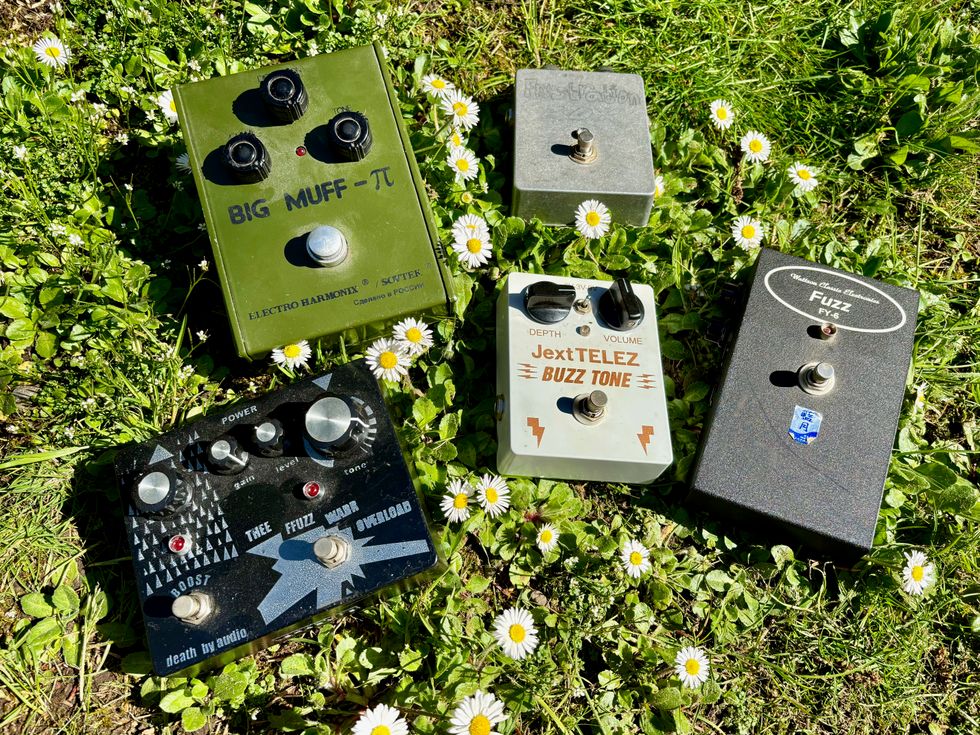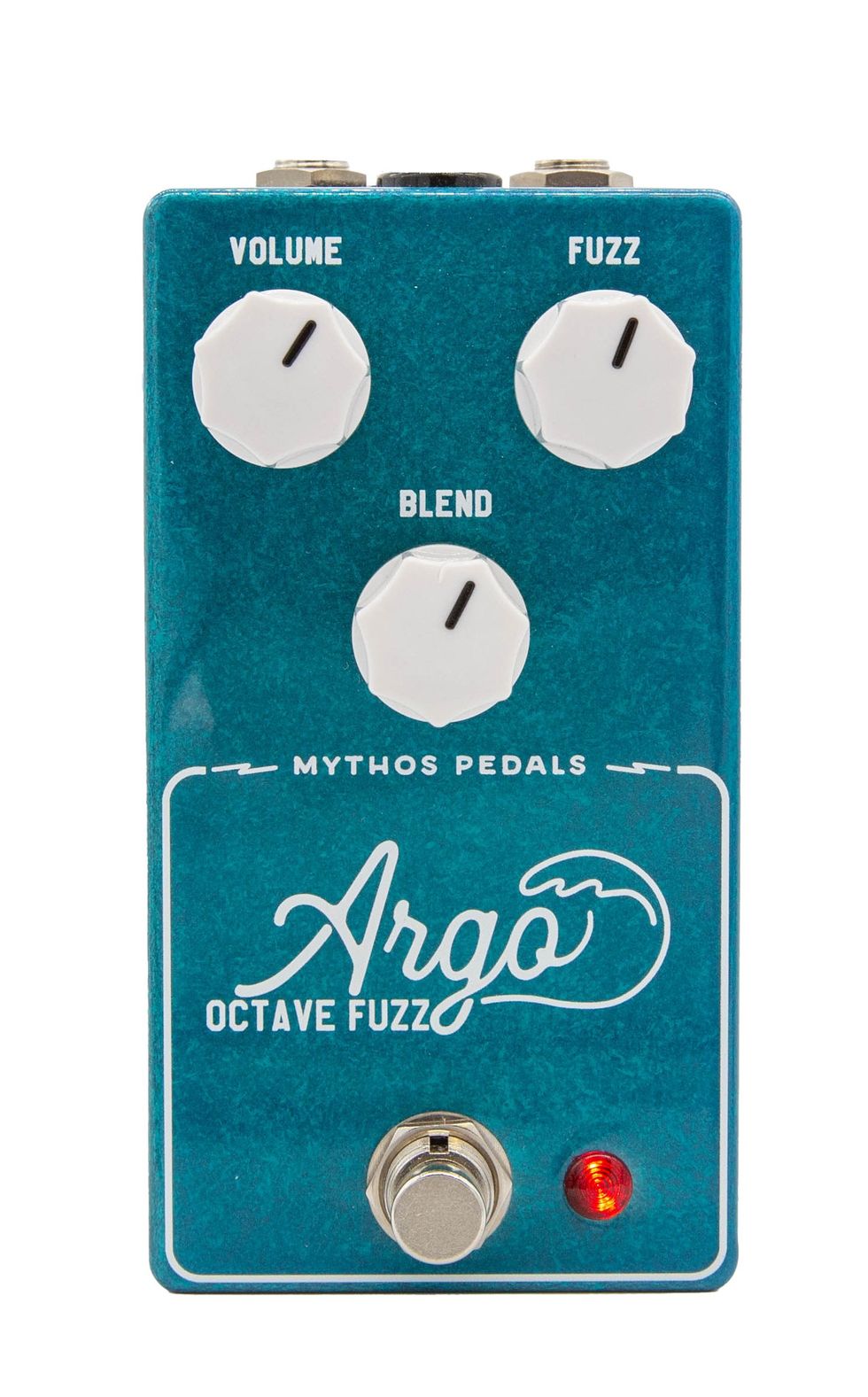Chops: Intermediate
Theory: Beginner
Lesson Overview:
• Understand three ways to
incorporate open strings into
your solos.
• Create a harp-like sound for
scalar passages.
• Learn the bluegrass standard
“Bill Cheatum.”
Click here to download sound clips from this lesson's notation.
No longer relegated to beginner-level melodies or open-position chords, open strings can add sonic spice to your solos and make them come alive. In this lesson we’ll explore three ways of incorporating open strings into a solo. To facilitate our discussion, I’m calling these “devices.”
• Device 1: Use an open string as a place to facilitate a position change.
• Device 2: Use an open string as a pedal point.
• Device 3: Use open strings to create a cascading effect.
Let’s begin with Device 1. This is very helpful for creating seamless transitions from low-to-high or high-to-low, depending on the direction of the musical line. In Fig. 1 we have a G major scale (G–A–B–C–D–E–F#) spanning an octave and a 5th (G up to a high D) where the scale starts in 1st position and finishes in 7th position, with the open 1st string facilitating the shift into 7th position.

Wherever there’s an open-string note that belongs to the key, then there is the potential to make a position change at this spot. In Fig. 2, we find the same G major scale with the shift occurring after playing the open B (2nd string). In Fig. 3, we once again play the G scale, this time a shift occurs after both the open B and E.


Playing scales by combining open strings and position shifts is a great way to break out of any position-playing ruts you may find yourself in, and it adds the sonic variety of open-string and fretted-note combinations.
Device 2 uses an open string as a pedal point. A pedal point is where a specific note—usually the root or the 5th of the key and typically the lowest note in a phrase—is continuously played while other harmonic or melodic material is played above it. In Fig. 4, we simulate the sound of a continuous pedal note by alternating between the pedal note and the melody above it, giving the impression of multiple parts. Focus on strict alternate picking and you’ve got a great picking-hand workout.
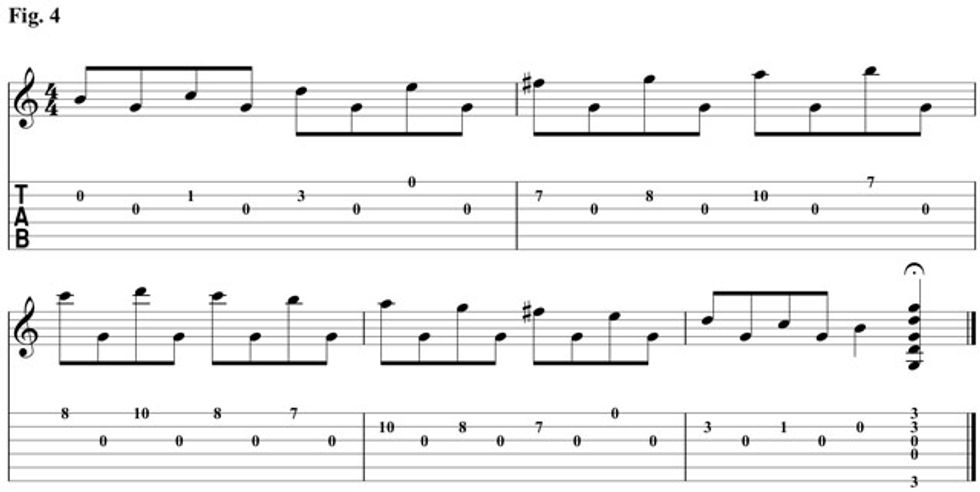
The devices mentioned so far are not mutually exclusive. While playing Fig. 4, you may have noticed that it combines both a pedal point and a position change. In that example, the position change is facilitated by an open string on beat 4 of measures one and four.
The sonic variety you can create by combining open strings and fretted notes is something unique to the guitar and other stringed instruments. The final device we’ll discuss showcases this to a greater degree than either of the devices we’ve explored up to this point. Device 3 produces a harp-like sound from the guitar—sometimes referred to as cascades, floaties, or campanella—and open strings play a significant role in producing this sound.
To achieve this sound, we rearrange a passage that may typically be played on a few strings and play it across multiple strings, allowing as many notes to ring as possible. Take a look at Fig. 5. Here you see a descending G major scale played in 1st position, followed by the same scale with a different fingering to allow multiple notes to sustain simultaneously. Because of the refingering, the open strings can continue ringing, and this contributes to the scale’s harp-like quality.
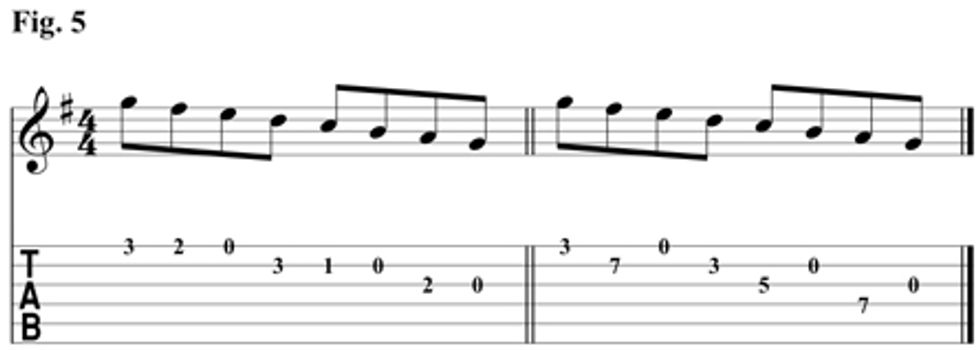
What better way to apply the information we’ve covered than to put it into a tune? I’ve written an arrangement of “Bill Cheatum”—a traditional fiddle tune—that incorporates all three of the devices we’ve discussed. “Bill Cheatum” is typically played in the key of A. However, I’ve notated it in the key of G, so grab your capo and place it at the 2nd fret, and you’ll be in the key of A. Let’s dig into the piece and try out these open-string devices.
In measure five (counting the pick-up measure as one), Device 3 occurs in a descending G major-scale run. The final note (E) of that measure is played on the 7th fret of the 5th string. To get back to 1st position for the next phrase, the open 4th string is used to facilitate the position change (Device 1). Strive to make measures four through six sound as smooth and connected as possible. Keeping the open strings ringing in measure five will help with this.
Measure eight begins with a cascading effect. The third note of the measure (E) provides an opportunity to shift from the 3rd position to the 7th position. To shift back to 1st position for measure nine, use the open E once again.
The phrase that begins on beat 3 of measure 12 and ends on the first note of measure 14 uses both the open 1st and 2nd strings for position changes. The phrase in measure 13 is played out of 7th position and resolves in 1st position thanks to the open 2nd string found on beat 1 of the next measure. By listening to the tone of the last note in measure 13 and comparing it to the tone of the first note of measure 14, we’re able to hear the distinct characteristics of a note fretted higher up the neck as compared to an open string. Considering the tone of notes on various strings plays a part in deciding note placement.
The tune’s B section begins at measure 18. Here, I’ve used a pedal point through measure 23. Measures 24 and 25 use Devices 1 and 2 to wrap up the first statement of the B section. At measure 25, beat 3, the open G provides a point for a smooth transition into the low register to begin the second half of the B section. Beginning in measure 27, we see the longest usage of Device 3, which resolves in measure 29.
Measures 30 and 31 reuse the G pedal point, but this time we vary the texture by playing pull-offs to the open G. The final two measures use Device 3, which generates a cascading effect to close the solo.
The techniques in this lesson will help you to navigate the fretboard outside the boundaries of position playing, challenge your picking hand, and add sonic variety to your arrangements and solos. When arranging your next solo, try adding a few of these devices. Good luck!
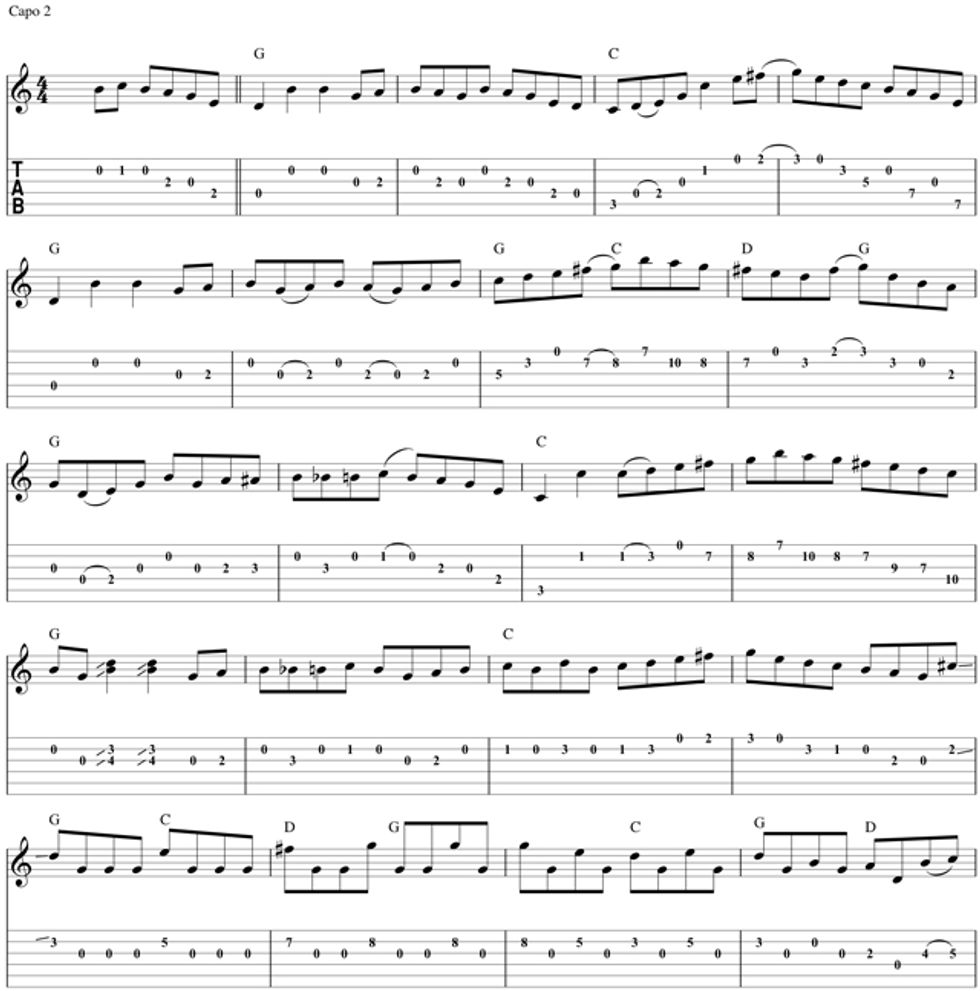
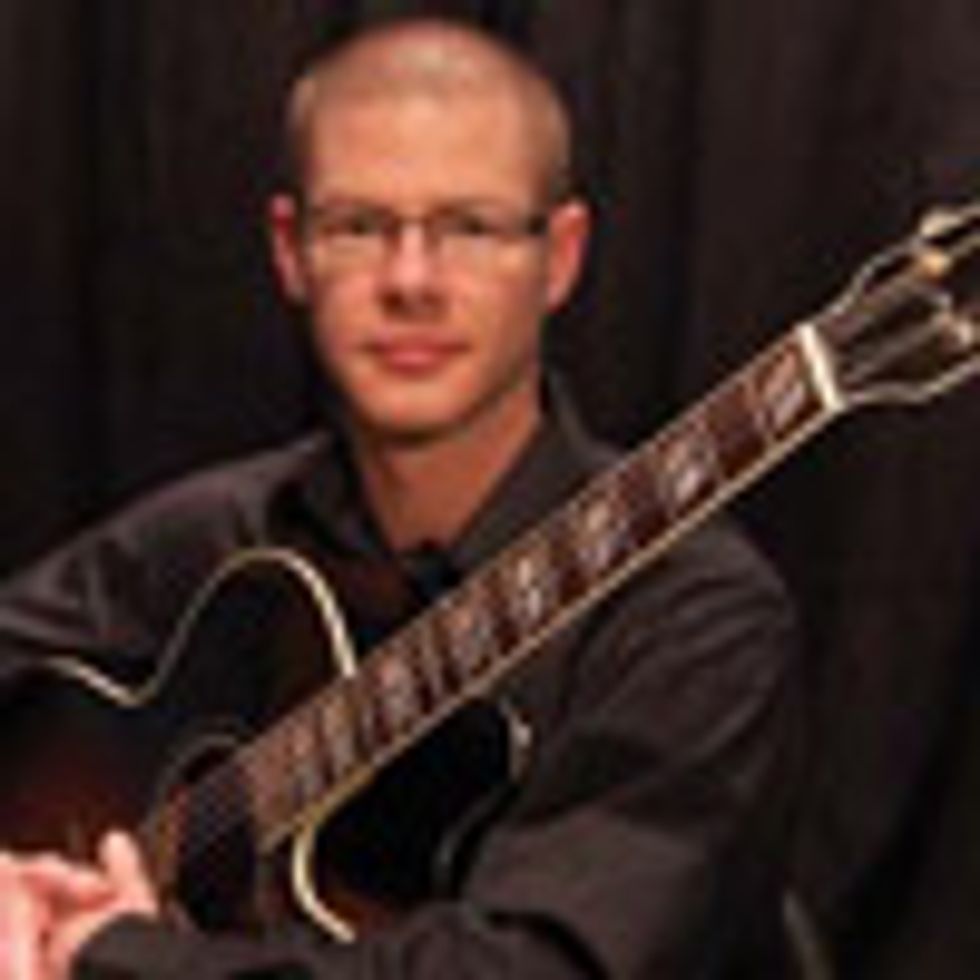 Mike Cramer is an award-winning performer
and educator. A stylistically versatile multi-instrumentalist,
Cramer has shared the stage
with or opened for B.B. King, Tommy Castro,
Chris Duarte, Gordon Goodwin, John Hartford,
and Steve Kaufman. Cramer co-founded All 12
Notes, LLC where he has a private lesson studio,
teaching guitar, mandolin, and electric bass. His
most recent CD release, Open Spaces, is a collection
of original and traditional acoustic pieces.
For more information, visit all12notes.com.
Mike Cramer is an award-winning performer
and educator. A stylistically versatile multi-instrumentalist,
Cramer has shared the stage
with or opened for B.B. King, Tommy Castro,
Chris Duarte, Gordon Goodwin, John Hartford,
and Steve Kaufman. Cramer co-founded All 12
Notes, LLC where he has a private lesson studio,
teaching guitar, mandolin, and electric bass. His
most recent CD release, Open Spaces, is a collection
of original and traditional acoustic pieces.
For more information, visit all12notes.com.